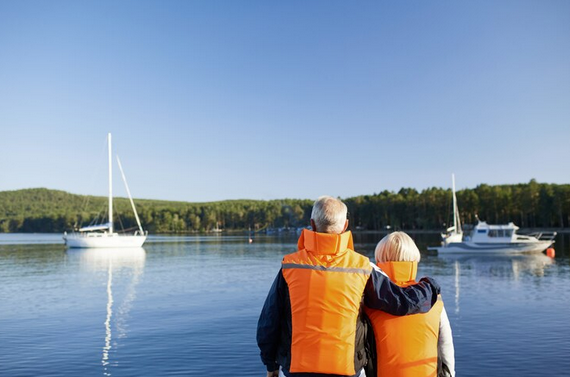
Yachting offers a unique and thrilling experience of exploring the open waters and the freedom to chart your course. However, the sea can be unpredictable, and ensuring the safety of yourself, your passengers, and your vessel is of paramount importance. To help you navigate the vast oceans with confidence, this article will provide indispensable yachting safety guidelines that are essential for any boating enthusiast.
1. Weather Monitoring
One of the first rules of yachting safety is to keep a close eye on the weather. Sudden storms, high winds, and rapidly changing conditions can pose significant threats to your safety. Always check the weather forecast before setting sail, and continually monitor it during your voyage. Equip your vessel with a VHF marine radio to receive weather updates and alerts. If you notice adverse weather approaching, have a plan in place to seek shelter or change your route to avoid it.
2. Navigation Equipment
Proper navigation is vital when yachting in open waters. Ensure your yacht is equipped with essential navigation tools, including a GPS, charts, and compass. Familiarize yourself with the use of these instruments and regularly update your charts to reflect the most recent information about the area you plan to sail in. Having redundant navigation equipment is also a wise practice in case of equipment failure.
3. Safety Equipment
Your yacht should be stocked with essential safety equipment, including life jackets, flares, a first-aid kit, a fire extinguisher, and a throwable flotation device. Ensure that all passengers know the location of this equipment and how to use it in case of an emergency. Regularly inspect and maintain these safety items to ensure they are in good working order.
4. Communication
Maintaining communication with shore and other vessels is crucial for yachting safety. Equip your yacht with a VHF marine radio to keep in touch with other boaters and emergency services. Ensure your radio is functioning correctly and that you are familiar with its operation. Additionally, carry a charged and waterproof cell phone as a backup communication device.
5. Man Overboard Procedures
Accidents can happen, and man overboard situations are a real risk when yachting. Ensure that your yacht’s crew and passengers are well-informed about man overboard procedures and have practiced them. Equip your vessel with a man-overboard retrieval system, such as a lifebuoy with a light and a floating marker, to increase the chances of successful rescue.
6. Distress Signals
In case of an emergency, it is essential to know how to signal for help. Carry a selection of distress signals on board, including flares and an air horn. Ensure that everyone on your yacht knows how to use these signals, and remember that firing flares should only be done when you are in a genuine emergency situation.
7. Float Plan
Before embarking on a yachting journey, create a float plan that details your route, departure and arrival times, and your contact information. Share this plan with a responsible person on shore who can alert the authorities if you fail to return or check in as scheduled.
8. Safety Training
If you are new to yachting or if it has been a while since your last voyage, consider taking a boating safety course. These courses can provide valuable knowledge on various safety procedures, navigation, and other essential yachting skills. Moreover, they often cover the legal requirements for operating a vessel in your region.
Conclusion
Yachting can be a rewarding and exhilarating experience, but safety should always be the top priority. By following these indispensable yachting safety guidelines, you can significantly reduce the risks associated with open-water sailing. Keep a watchful eye on the weather, equip your yacht with the necessary safety equipment, and ensure you and your crew are well-prepared for any situation. By taking these precautions, you can enjoy your yachting adventures to the fullest while keeping everyone on board safe and secure.



